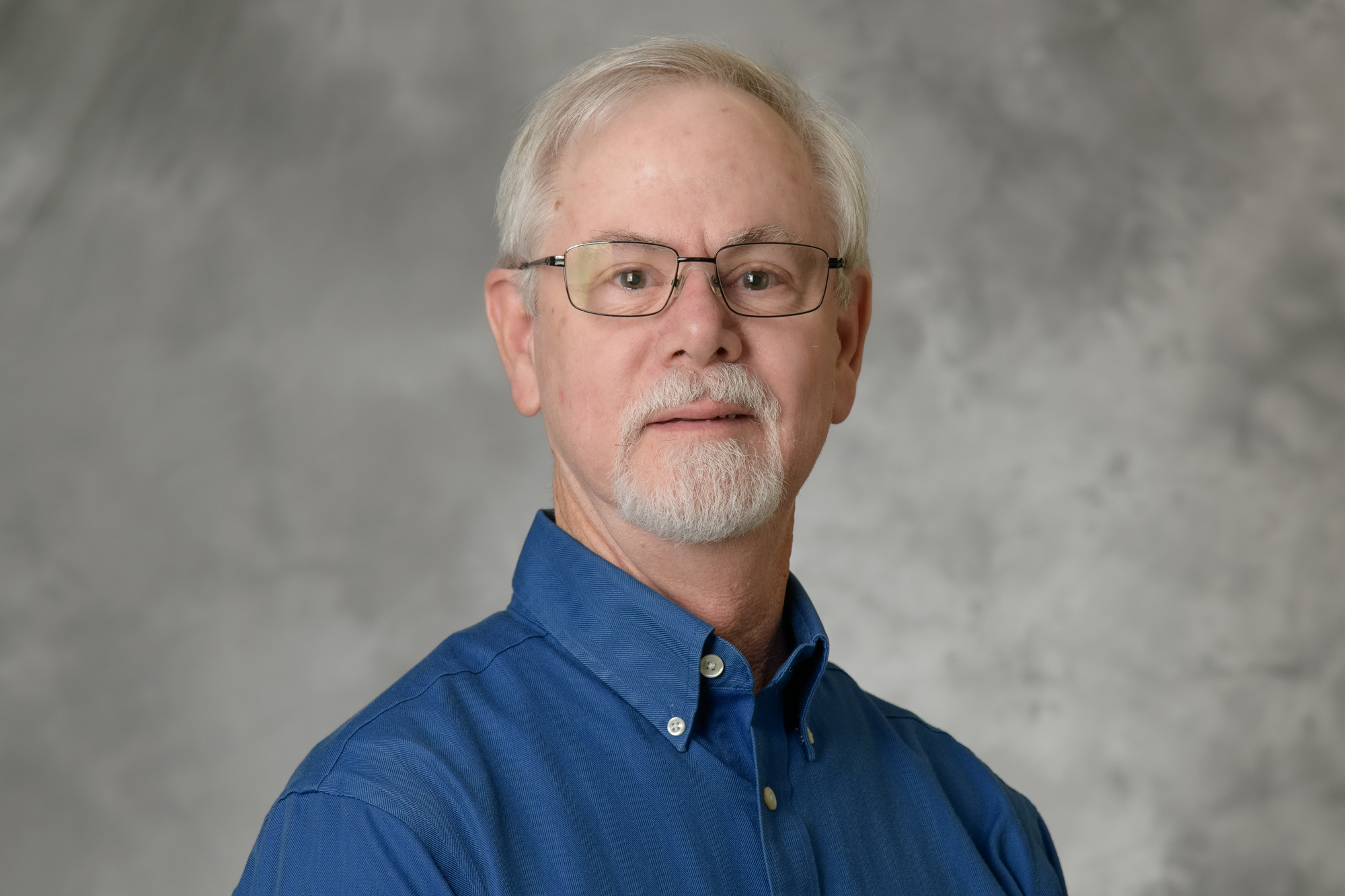
Cummins, Kenneth

Kenneth L Cummins
Visiting Research Professor | COES: Department of Aerospace, Physics and Space Sciences
Research Associate | University of Arizona, Hydrology and Atmospheric Sciences
Contact Information
Expertise
Personal Overview
Dr. Cummins is a part-time Research Professor in the Department of Aerospace, Physics, and Space Sciences at Florida Institute of Technology. He is formally trained in statistical signal processing, modeling, and instrumentation. His 30+ years of work in atmospheric sciences follows 13 years in the neurosciences, where he was involved in basic and applied research, development of neurodiagnostic methods and instrumentation, and serving as a staff scientist for Nicolet Biomedical Instruments.
Professional Experience
In 2018, Dr. Cummins joined Florida Tech following 18 years at the University of Arizona and 15 years as the lead scientist and engineering manager for Vaisala’s Thunderstorm Business Unit (formerly Global Atmospherics, Inc.), located in Tucson, Arizona. Dr. Cummins is the author of over 100 scientific papers and holds nine U.S. patents and many related international patents. He is a scientific adviser to NASA and to international organizations in the electric utility industry. He has received three NASA awards for his scientific and technical contributions.
Research
Dr. Cummins’ current research is focused in two broad areas: applied research on the physics and phenomenology of lightning, and intercomparison/validation of remote-sensing instruments and systems used in atmospheric electricity. Recent work on lightning physics and phenomenology includes the use of multiple high-speed cameras, lightning locations systems, direct lightning current measurements, and remote electric and magnetic field measurements to study the incidence, ground/tower attachment, and behavior of cloud-to-ground lightning. Specific recent applications include (1) exploring the differences in lightning behavior over land and ocean; (2) studying upward leaders and lightning attachment to a moderate-height instrumented tower; (3) evaluating the time-evolution of surface-measured quasi-static electric fields during fair-weather and thunderstorm development and decay; (4) studying the impact of terrain variations on the strike location and parameters of cloud-to-ground lightning. Recent work in this last area involves high-resolution (sub-kilometer) mapping of lightning parameters.

 Give to Florida Tech
Give to Florida Tech